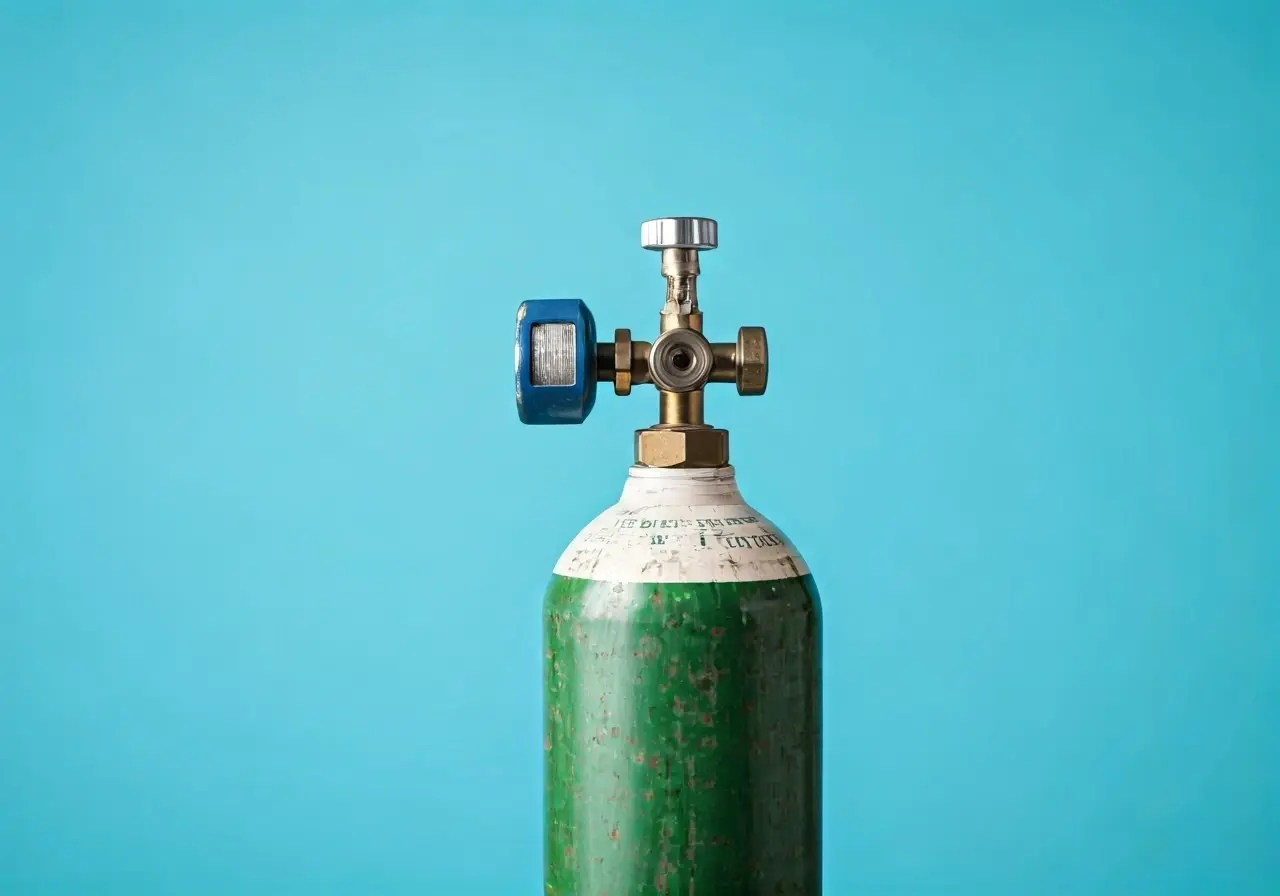Oxygen therapy is a treatment that provides extra oxygen for you to breathe. It’s used for various conditions that make breathing difficult. But is it suitable for everyone? In this guide, we’ll explore this question, looking into different aspects of oxygen therapy to help you make informed decisions.
Table of Contents
What is Oxygen Therapy?
Oxygen therapy involves breathing in extra oxygen using a machine. It’s commonly used in hospitals or at home for conditions such as COPD, pneumonia, and asthma.
The primary function of oxygen therapy is to increase the oxygen levels in the blood, which is critical for individuals whose lungs cannot absorb enough oxygen from atmospheric air. This therapeutic approach can be delivered through various devices like nasal cannulas, face masks, or even in controlled settings like hyperbaric chambers, depending on the specific needs and conditions of the patient.
Oxygen therapy is designed to maintain sufficient oxygen delivery to all body tissues, ensuring proper function and health. This is especially important for patients whose conditions might otherwise lead to hypoxia or low oxygen levels, which can damage vital organs over time.
Who May Benefit from Oxygen Therapy?
Individuals with chronic obstructive pulmonary disease (COPD), sleep apnea, or severe asthma may benefit from oxygen therapy to help improve their breathing and quality of life.
For patients with conditions that result in low blood oxygen, such as emphysema or chronic bronchitis, supplemental oxygen can greatly assist in maintaining adequate oxygen levels. This allows for enhanced energy, better sleep quality, and improved overall health outcomes.
In some cases, oxygen therapy can be a temporary need during recovery from illnesses like COVID-19 or pneumonia, where the lungs are recovering from infection or inflammation. It assists in stabilizing oxygen saturation, making it easier for patients to engage in daily activities without feeling breathless.
Even for individuals traveling to high altitudes or those who experience altitude sickness, oxygen therapy can provide relief and prevent symptoms associated with lower levels of oxygen found in such environments.
Possible Risks and Side Effects
While generally safe, oxygen therapy can have risks such as nosebleeds, headaches, or in some cases, oxygen toxicity. It’s important to use the correct dosage prescribed by a healthcare provider.
Using oxygen therapy improperly can lead to potential oxygen toxicity, which is a serious condition caused by an excess of oxygen in the body, potentially resulting in lung damage or affecting the central nervous system. Therefore, adhering strictly to medical advice and prescribed oxygen levels is crucial.
Other manageable side effects include nasal dryness or irritation, especially if patients are using high flow oxygen for extended periods. Humidification of the oxygen is often used to mitigate such side effects and ensure comfort during therapy.
Safety is another vital concern when using oxygen therapy at home, as oxygen supports combustion. Patients should avoid exposure to open flames and smoking due to the increased fire risk, adhering to all safety guidelines provided by healthcare professionals.
Consulting with Healthcare Providers
It’s crucial to consult your doctor to see if oxygen therapy is suitable for your condition. They can guide you on how the therapy works, proper usage, and any potential risks you should be aware of.
Healthcare providers assess the need for oxygen therapy using various tests, such as arterial blood gas measurements or pulse oximetry, to ensure that the treatment is indeed necessary and tailored to the patient’s specific medical requirements.
Regular follow-ups with your healthcare provider can help track the effectiveness of the therapy and any adjustments needed over time. This ensures optimum benefits and addresses any evolving needs or conditions that may arise, providing reassurance and better outcomes for patients.
Alternatives to Oxygen Therapy
For those for whom oxygen therapy isn’t suitable, alternatives like pulmonary rehabilitation and medication adjustments might be recommended by healthcare practitioners.
Pulmonary rehabilitation programs offer comprehensive approaches combining exercise, education, and support to enhance respiratory health and reduce symptoms without the need for supplemental oxygen.
Lifestyle modifications, such as quitting smoking, improving diet, and engaging in regular physical activity, can also play significant roles in managing respiratory conditions and may reduce the necessity for supplemental oxygen in some individuals.
Summing Up: Is Oxygen Therapy Right for You?
While oxygen therapy can provide immense benefits for individuals with respiratory challenges, it’s not always suitable for everyone. Consulting with healthcare professionals and understanding your specific needs is essential. With the right guidance, oxygen therapy can significantly improve quality of life for many individuals.



